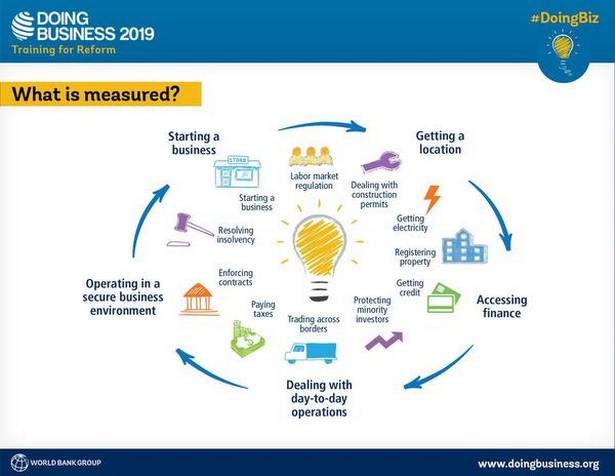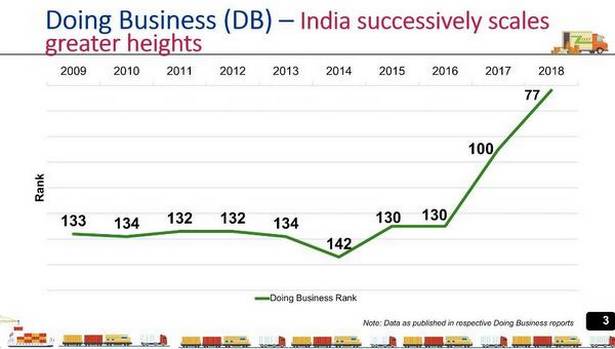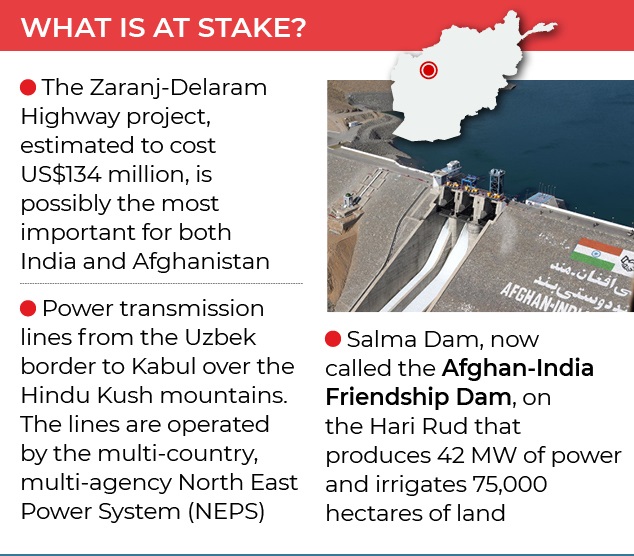7667766266
enquiry@shankarias.in
Why in news?
World Bank has released the Ease of Doing Business Index recently.
What does the report contain?



What are the contributing factors?

What are the concerns?
What should be done?
Source: The Hindu, Business Standard, Economic Times